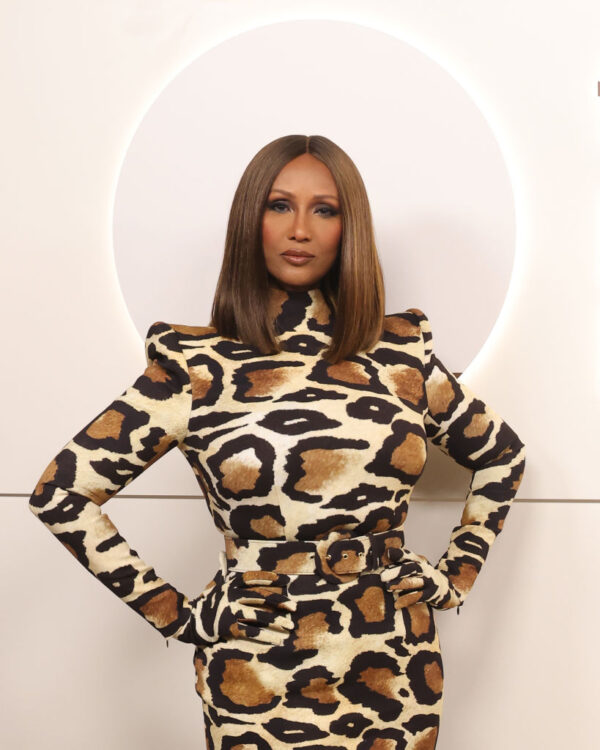Somalian supermodel Iman’s YouTube original limited series “Supreme Models” explores the difficulties of being a Black model in the mainstream high-fashion industry.

Iman, who broke out on the modeling scene in 1975, and is still active, has gone on the record to say she was paid less than her white colleagues for the same gigs in the 1970s and 1980s. She spoke about this racial pay gap in episode one of six-part docuseries “Supreme Models.” Iman is an executive producer for the series. One of the episodes entitled “How Black Models Broke Through The Glass Ceiling,” explores the struggles of Black women in the industry. All episodes are available on Vogue’s YouTube channel.
“It’s not like one of those documentaries that you’re asking people to speak about … No, let me speak for myself,” Iman told The Wrap. “I wanted the girls to have their voices, tell their own stories. And of course, there’s enough videos out there to round it out, but they speak and they tell us their trials and tribulations, but most importantly, the joy and celebration of the platform.”
Didn’t Understand Pay Discrepancy
Iman admits she was surprised when she first started out to learn she was getting less than white models of the same caliber. Iman was studying political science at the University of Nairobi. She was discovered by American photographer Peter Beard, and soon after began a modeling career in 1975. By 1976, she had landed her first modeling assignment for Vogue.
“When I arrived here, one of the things that I was confronted with … was that there was a discrepancy in pay between Black models and white models, and I couldn’t understand it,” she told The Wrap.
Fought for Better Pay
Iman wasn’t one to sit by and collect less for equal work. She said she fought with her agent to negotiate a better deal, saying, “I said to her, ‘Listen, I know this is a racist act, but let me explain it in may be something that you can all understand.’”
She says she added, “ ‘I want to be paid for services rendered, which means simply, I want to be paid for the same job she’s doing.’ ”
Iman, who is now worth $200 million, was told her lesser pay was the “status quo” in the 1970s. But she refused to back down and did not work again with her agency until they were willing to get her the same amount. She received a call from her agency three months later, which relented to her requests.
A Lack of Resources Prompted her Entrepreneurship
Another hurdle Iman had to climb was being responsible for her cosmetics while her white colleagues were assured a makeup product that matched their skin.
“I understood right then and there and I was barely 19 years old, that image is my currency in this industry,” Iman told The Wrap. “So I have to protect it and I have to come up with something because I will be faced day in and day out with a makeup artist who will not have anything for you.”
In 1994, Iman would eventually launch her own skin products. Iman Cosmetics grew to a $25 million company before it shot down in 2021.
Back Story
Even her introduction to America, from her perspective, was racist. After Iman, the daughter of a diplomat, was photographed by Beard he made up a story about her being a goat herder who did not speak English. But none of it was true.
“He claims I didn’t speak a word of English; I spoke English, Italian, and Arabic, as well as Somali. He says he found me with goats and sheep — that I was some kind of shepherdess in the jungle!” Iman told Vanity Fair in 1996.

